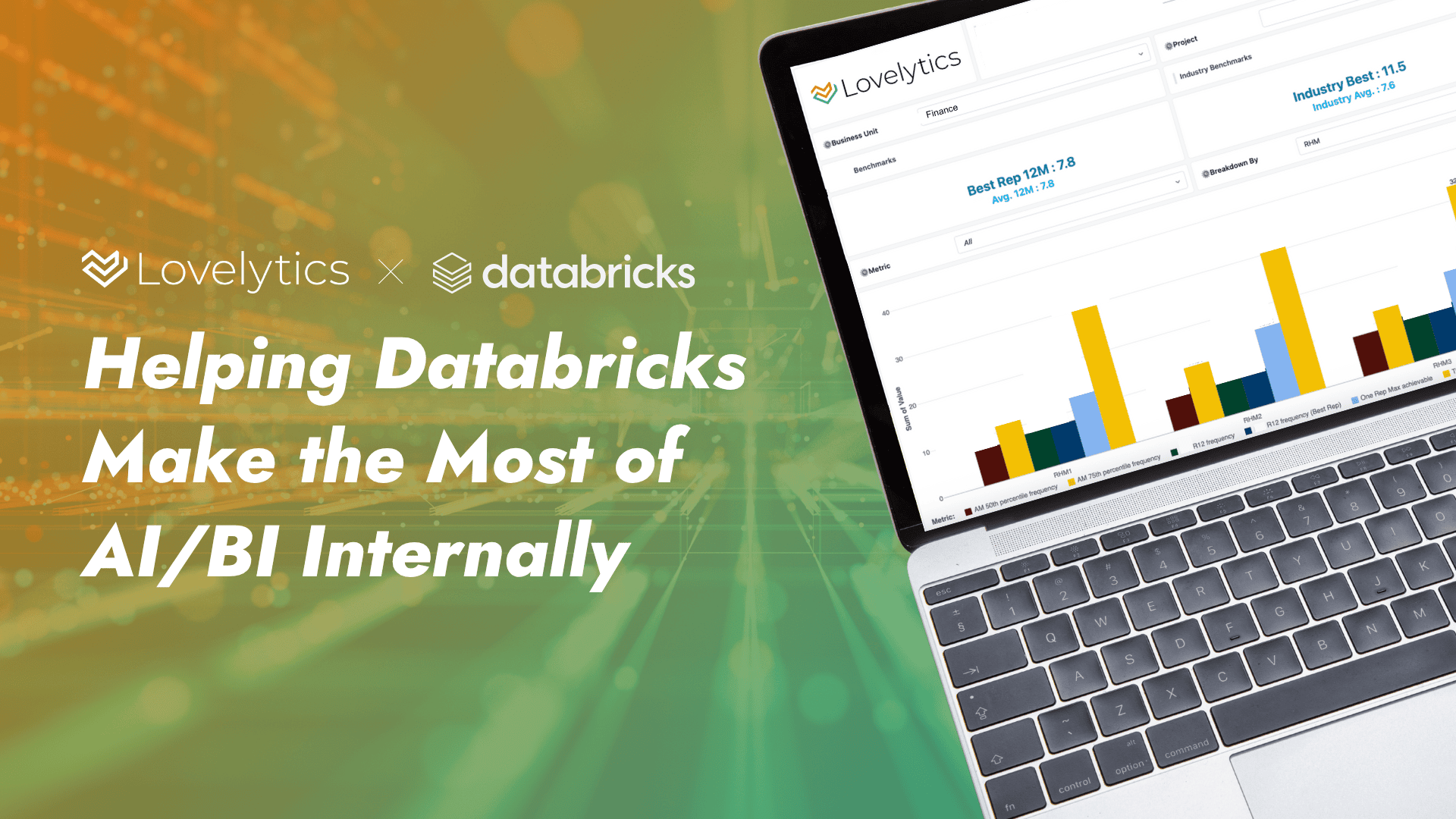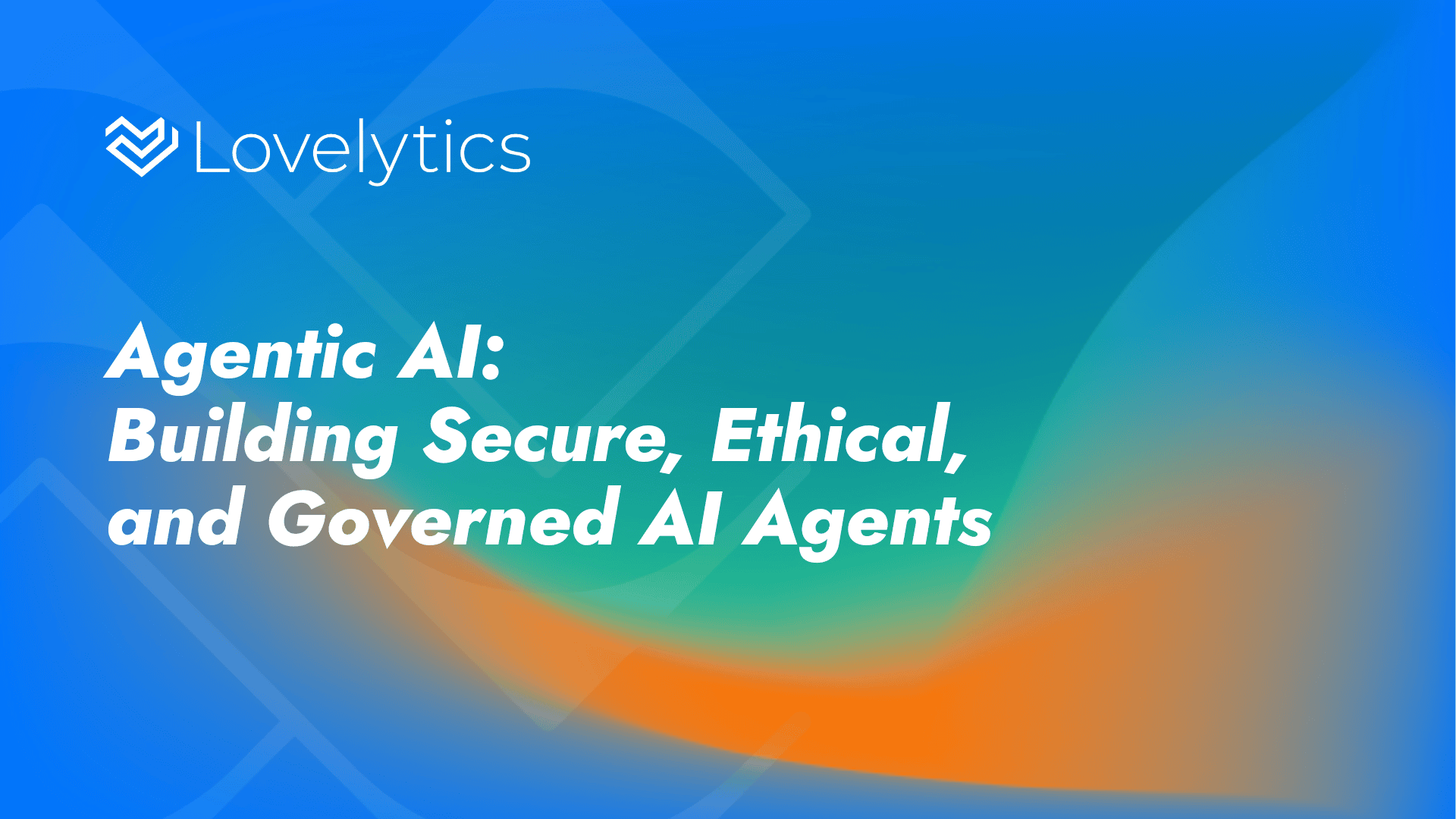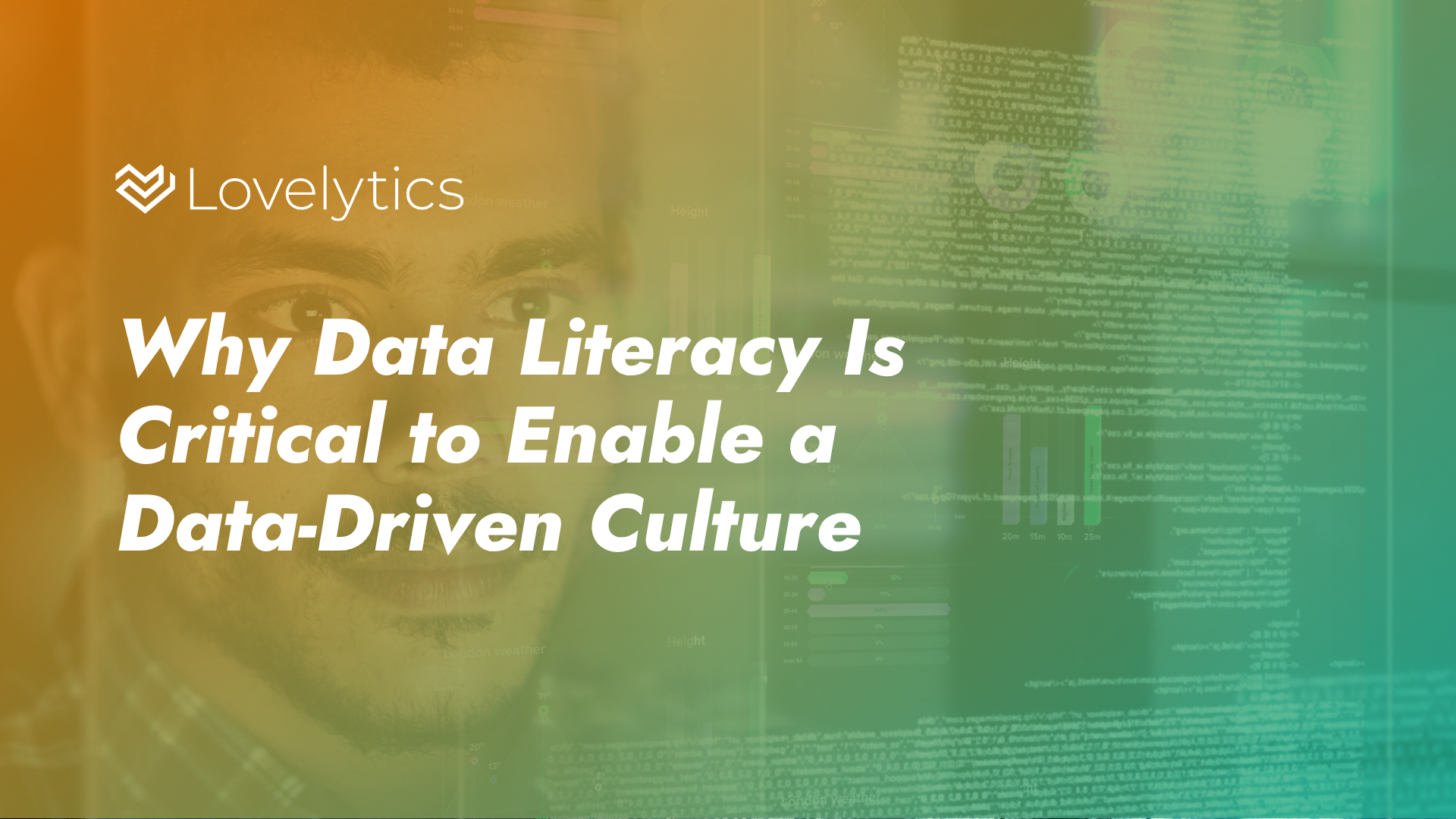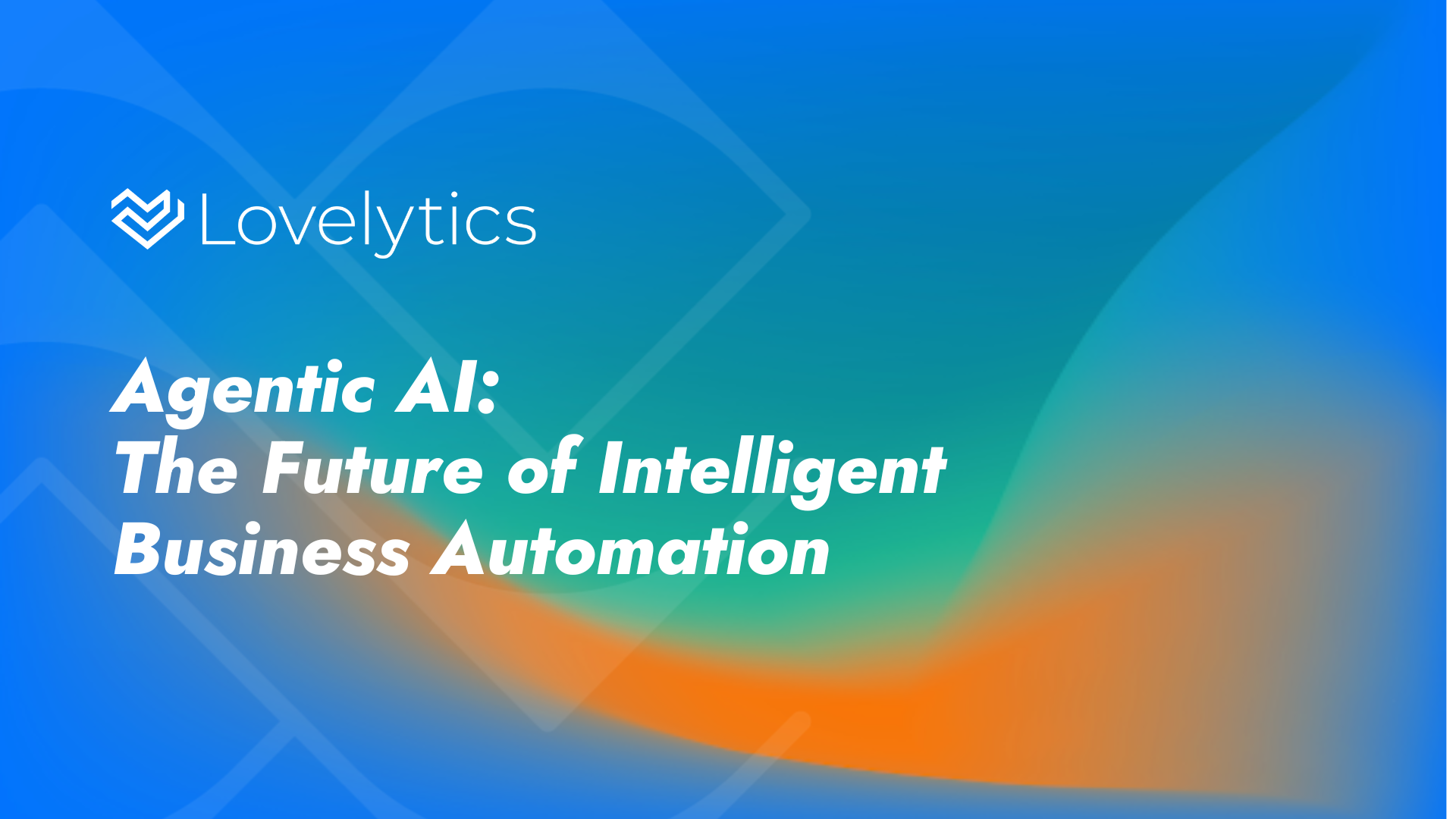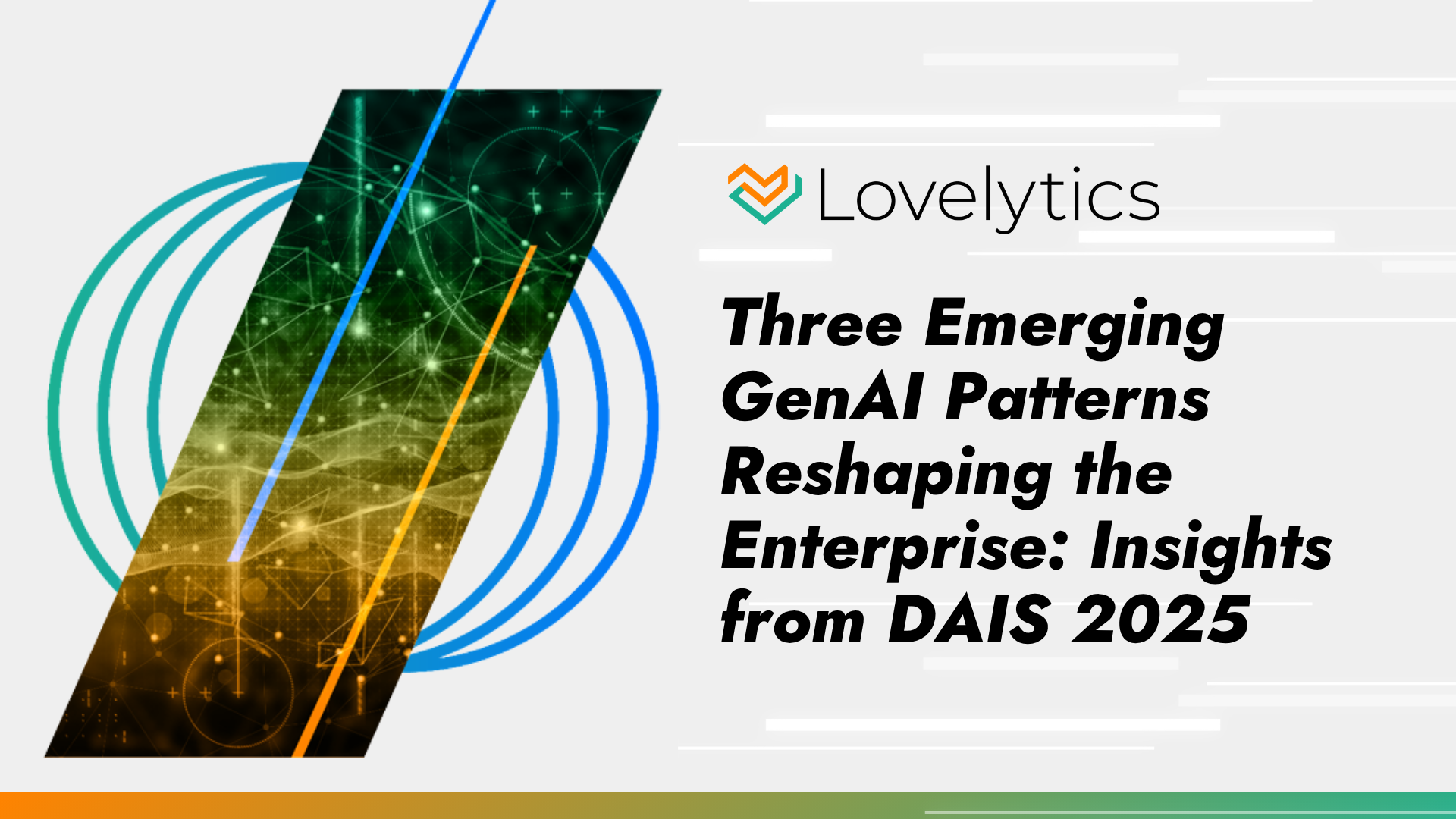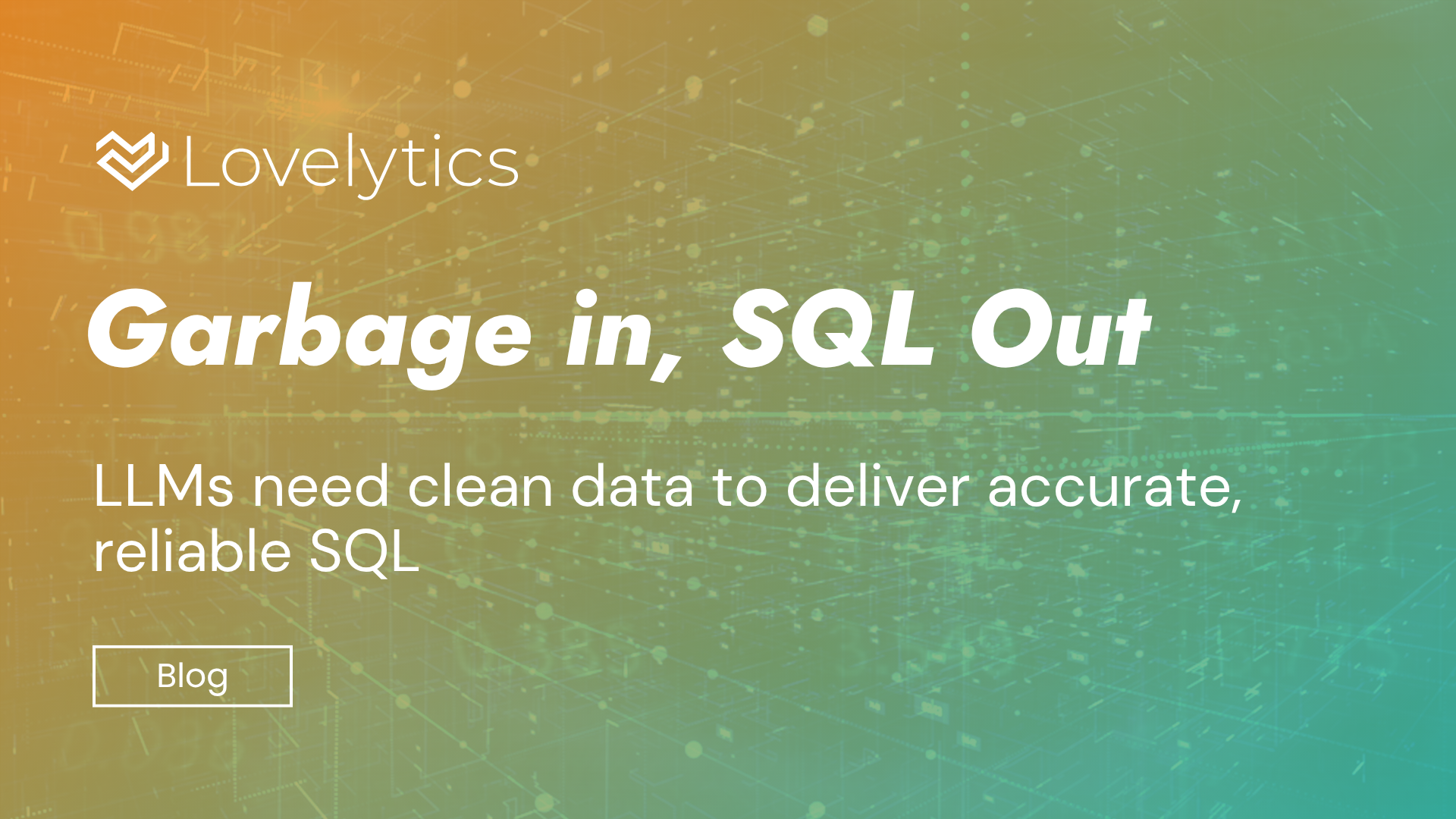In the modern data-driven enterprise, data is no longer just a byproduct of operations, it’s a key strategic asset. Unfortunately, as data pipelines grow in complexity, scale, and importance, they also become more fragile potentially leading to broken dashboards, missing records, and inaccurate reports. More importantly, they can lead to poor decisions, loss of trust, and missed revenue opportunities.
That is why integrating data observability as a component of a data quality management program has become essential for data-driven success.
What is Data Observability?
Data observability is the ability to monitor, measure, and understand the health and behavior of data systems. Just as DevOps teams rely on application observability to detect and resolve system failures, data teams need similar capabilities to track the quality and reliability of data.
Key pillars of data observability typically include:
- Freshness: Is the data up to date?
- Volume: Are we getting the right amount of data?
- Schema: Have structural changes broken anything downstream?
- Distribution: Does the data look as expected?
- Lineage: Where did the data come from, and how has it changed?
Why Integrate It into Your Stack?
1. Prevent Data Downtime
Every minute that a broken pipeline feeds inaccurate or missing data into decision-making systems is a liability. Data observability provides early warnings and automatic anomaly detection, allowing you to catch and fix issues before they impact users, consumers, or most importantly, executives.
2. Foster Data Trust
When stakeholders question whether the numbers are right, any hopes for data-driven success become futile. Data observability builds confidence by giving visibility into when, where, and why problems occur and what is being done to address and rectify them.
3. Accelerate Root-Cause Analysis
Without observability, diagnosing a data issue often feels like looking for a needle in a haystack. Integrated observability tools streamline debugging by showing lineage, historical trends, and impacted downstream systems, so data engineers can move from alert to resolution faster.
4. Support Compliance and Governance
As data privacy regulations tighten, observability tools help ensure compliance by tracking lineage, flagging unauthorized access, and maintaining detailed audit trails. This makes it possible to adhere to governance standards and demonstrate accountability.
5. Enable Proactive Optimization
Observability isn’t just about avoiding data pipeline disasters. It also helps teams understand usage patterns, pipeline bottlenecks, and evolving data needs. This insight supports better architecture decisions and capacity planning.
Getting Started
You don’t have to build data observability from scratch. Tools like our partner, Anomalo, offer plug-and-play observability layers for modern data stacks. Get started by monitoring critical pipelines and high-value datasets to start creating business value.
Conclusion
In a world where data is central to every strategic decision, data observability has become a required component of any data quality management capability. Integrating it into your ecosystem strengthens resilience, improves transparency, and ultimately helps your organization make smarter, faster, and more confident decisions.
At Lovelytics, we help organizations embed data observability into their modern data stacks—so you can prevent issues before they happen and make decisions with confidence.
Get in touch to learn how our partnership with Anomalo empowers your team to deliver reliable, high-quality data at scale.



